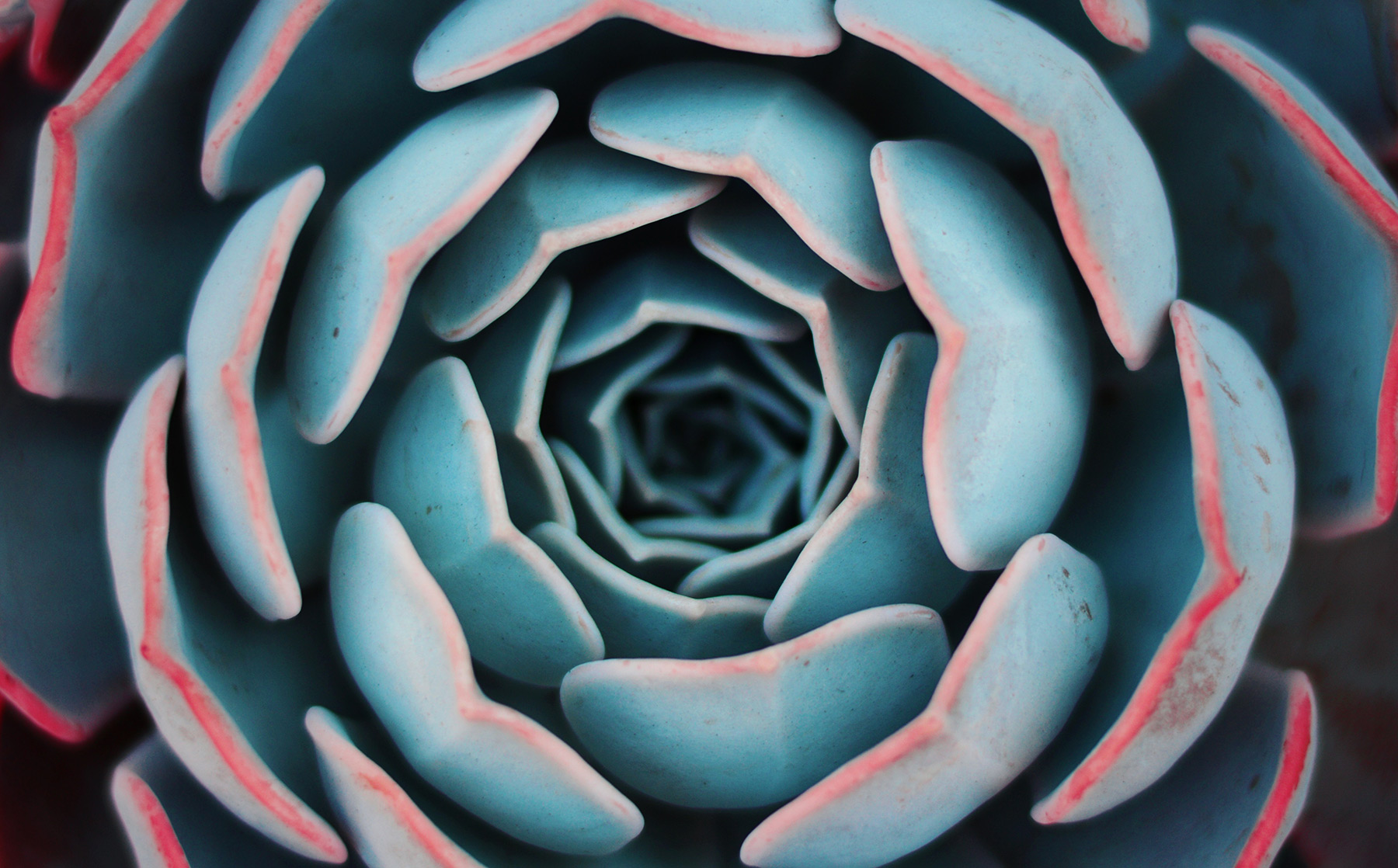More than that of any other modern people French art is a national expression. It epitomizes very definitely the national æsthetic judgment and feeling, and if its manifestations are even more varied than are elsewhere to be met with, they share a certain character that is very salient. Of almost any French picture or statue of any modern epoch one's first thought is that it is French. The national quite overshadows the personal quality. In the field of the fine arts, as in nearly every other in which the French genius shows itself, the results are evident of an intellectual co-operation which insures the development of a common standard and tends to subordinate idiosyncrasy. The fine arts, as well as every other department of mental activity, reveal the effect of that social instinct which is so much more powerful in France than it is anywhere else, or has ever been elsewhere, except possibly in the case of the Athenian republic.
Add to this influence that of the intellectual as distinguished from the sensuous instinct, and one has, I think, the key to this salient characteristic of French art which strikes one so sharply and always as so plainly French. As one walks through the French rooms at the Louvre, through the galleries of the Luxembourg, through the unending rooms of the Salon he is impressed by the splendid competence everywhere displayed, the high standard of culture universally attested, by the overwhelming evidence that France stands at the head of the modern world æsthetically—but not less, I think, does one feel the absence of imagination, opportunity, of spirituality, of poetry in a word. The French themselves feel something of this. At the great Exposition of 1889 no pictures were so much admired by them as the English, in which appeared, even to an excessive degree, just the qualities in which French art is lacking, and which less than those of any other school showed traces of the now all but universal influence of French art. The most distinct and durable impression left by any exhibition of French pictures is that the French æsthetic genius is at once admirably artistic and extremely little poetic.
It is a corollary of the predominance of the intellectual over the sensuous instinct that the true should be preferred to the beautiful, and some French critics are so far from denying this preference of French art that they express pride in it, and, indeed, defend it in a way that makes one feel slightly amateurish and fanciful in thinking of beauty apart from truth. A walk through the Louvre, however, suffices to restore one's confidence in his own convictions. The French rooms, at least until modern periods are reached, are a demonstration that in the sphere of æsthetics science does not produce the greatest artists—that something other than intelligent interest and technical accomplishment are requisite to that end, and that system is fatal to spontaneity. M. Eugène Véron is the mouthpiece of his countrymen in asserting absolute beauty to be an abstraction, but the practice of the mass of French painters is, by comparison with that of the great Italians and Dutchmen, eloquent of the lack of poetry that results from a scepticism of abstractions.
"The French classic painters—and the classic-spirit, in spite of every force that the modern world brings to its destruction, persists wonderfully in France—show little absorption, little delight in their subject. Contrasted with the great names in painting they are eclectic and traditional, too purely expert."
They are too cultivated to invent. Selection has taken the place of discovery in their inspiration. They are addicted to the rational and the regulated. Their substance is never sentimental and incommunicable. Their works have a distinctly professional air. They distrust what cannot be expressed; what can only be suggested does not seem to them worth the trouble of trying to conceive. Beside the world of mystery and the wealth of emotion forming an imaginative penumbra around such a design as Raphael's Vision of Ezekiel, for instance, Poussin's treatment of essentially the same subject is a diagram.




